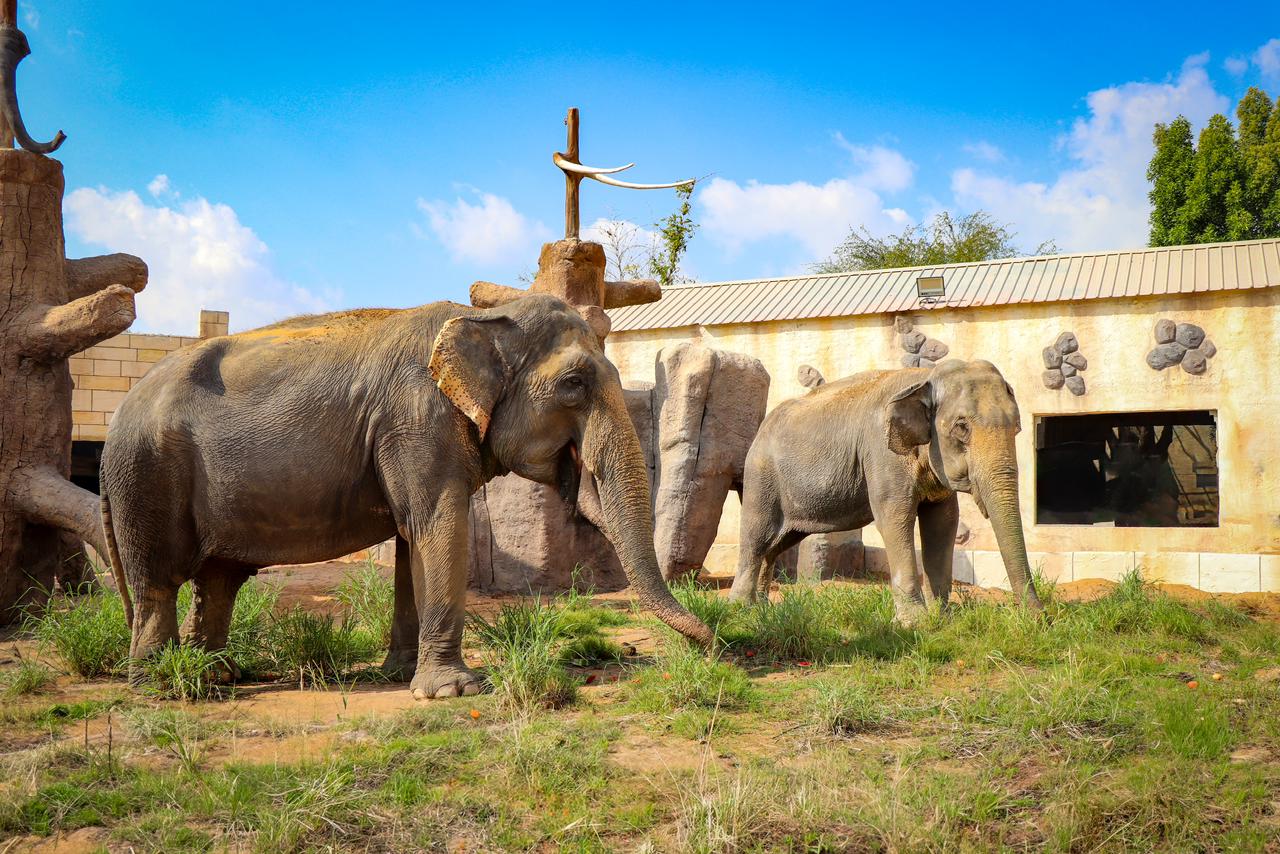INTERESTING FACTS
One of the most interesting facts about horses is that they have a memory that is comparable to elephants. They can remember people, places, and things for years, which is why they are used for activities such as horse shows and competitions. Horses are also social animals and thrive on the company of other horses, which is why they are often kept in herds.
Another interesting fact is that horses are excellent communicators, using a combination of vocalizations, body language, and facial expressions to convey their feelings and emotions. They also have a unique way of sleeping while standing, with one leg "locked" in place to prevent them from falling over.
In conclusion, horses are fascinating animals that have played a significant role in human history and continue to be an important part of our lives today. Their beauty, strength, and intelligence make them one of the most beloved creatures in the animal kingdom.
CONSERVATION MESSAGE
Many horse breeds are now at risk of extinction due to various factors such as overbreeding, habitat loss, and climate change.
Conservation of horse breeds is crucial not only for the preservation of these animals but also for the preservation of our cultural heritage. Each breed has unique characteristics and qualities that make them valuable and irreplaceable. Losing a breed would mean losing a part of our history, traditions, and cultural identity.
CONSERVATION STATUS
Least Concern
LIFE SPAN
On average, horses live for about 25 to 30 years
NATIVE HABITAT
Grasslands, deserts, forests, and even urban areas
DIET
Horses are herbivores, which means they primarily feed on plant materials. The digestive system of a horse is designed to digest fibrous plant material, such as hay and grass.
HEIGHT
56 to 72 inches
WEIGHT
800 to 2000 pounds
LENGTH
On average, a full-grown horse can range from 4 to 6 feet in length, measured from the tip of its nose to the base of its tail. However, some horse breeds, such as Shetland ponies, can be smaller and have a length closer to 3 feet, while other breeds, like the Clydesdale, can be larger and have a le
Related Animals
More Animals










